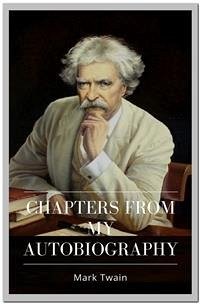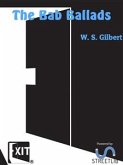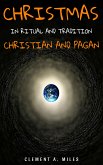Renowned American humorist Mark Twain turns his incisive wit loose on his own life story in this unique take on the nineteenth-century memoir. Originally composed in a format that studiously ignored the careful chronological structure that most autobiographies follow, these essays were first published in book form ten years after the author's death. Twain fans will love the author's account of his quintessentially American upbringing, wildly zig-zagging career path, and gradual transition into the writing life.









